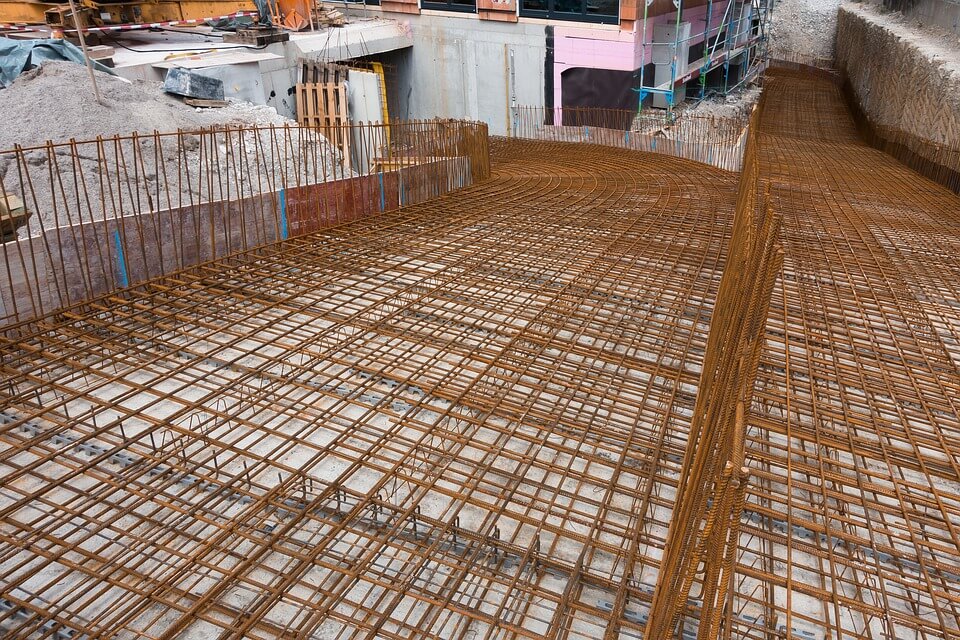What Does
Cast-In-Place Concrete Mean?
Cast-in-place concrete is a construction technique that utilizes a temporary formwork to shape the concrete slurry until it hardens. It has many applications including housing construction, gutters, traditional open-trench pipeline construction, and the manufacture of concrete pipes used in the trenchless construction industry.
Newer methods of cast-in-place concrete installation include the use of machines that use centrifugal force to blast concrete onto the walls of existing metal pipes.
Cast-in-place concrete is also known as poured-in-place concrete.
Trenchlesspedia Explains Cast-In-Place Concrete

Cast-in-place concrete uses a pre-designed formwork into which the cement slurry is poured. The concrete may be reinforced to add additional strength and prolong the life of the structure or product. Once the concrete hardens, the formwork is removed and the structure or product is allowed to be cured before use.
A Brief History
Thomas Edison championed the use of removable forms in the construction of concrete houses. The technique was predominately used for the casting of basement walls using low-grade material, but Edison built several prototypes that remain standing today.
Cast-in-place concrete pipes (CIPCP) have been used in many different settings, including a monolithic concrete irrigation pipe. The authors of a 1994 paper on the subject, Charles M. Burt and John M. Wegener explain how CIPCP was used as early as 1922 in the Turlock Irrigation District of California. It is considered a low-cost alternative to other forms of piping.
Concrete Formwork
The formwork used for cast-in-place concrete defines the final shape of the structure or product. Plywood and milled lumber are commonly used formwork material which can be made from waste material. The formwork can be dismantled easily and reused many times, making it an economical option.
To prevent the concrete from bonding to the formwork, form-releasers, or parting agents such as diesel fuel and motor oil was traditionally used. Since they are volatile organic compounds (VOCs), they are prohibited for use by state and federal regulations such as the Clean Air Act.
It is recommended to use form-release compounds that are made using biologically derived oils which will help reduce the impact on the environment and the construction crew. They are also less expensive than traditional form-release compounds.
Benefits of Cast-in-place Concrete
-
It has high strength
-
Can be applied for foundation and basement work
-
Resistant to structural damage
-
The structure or product can be reinforced to make it stronger
-
Provides a high degree of insulation
-
Provides sound insulation
-
Prevents mold, mildew, and dampness to a large extent
These properties are largely due to the fact that cast-in-place concrete does not contain natural cracks or gaps as present in joints between precast concrete sections.